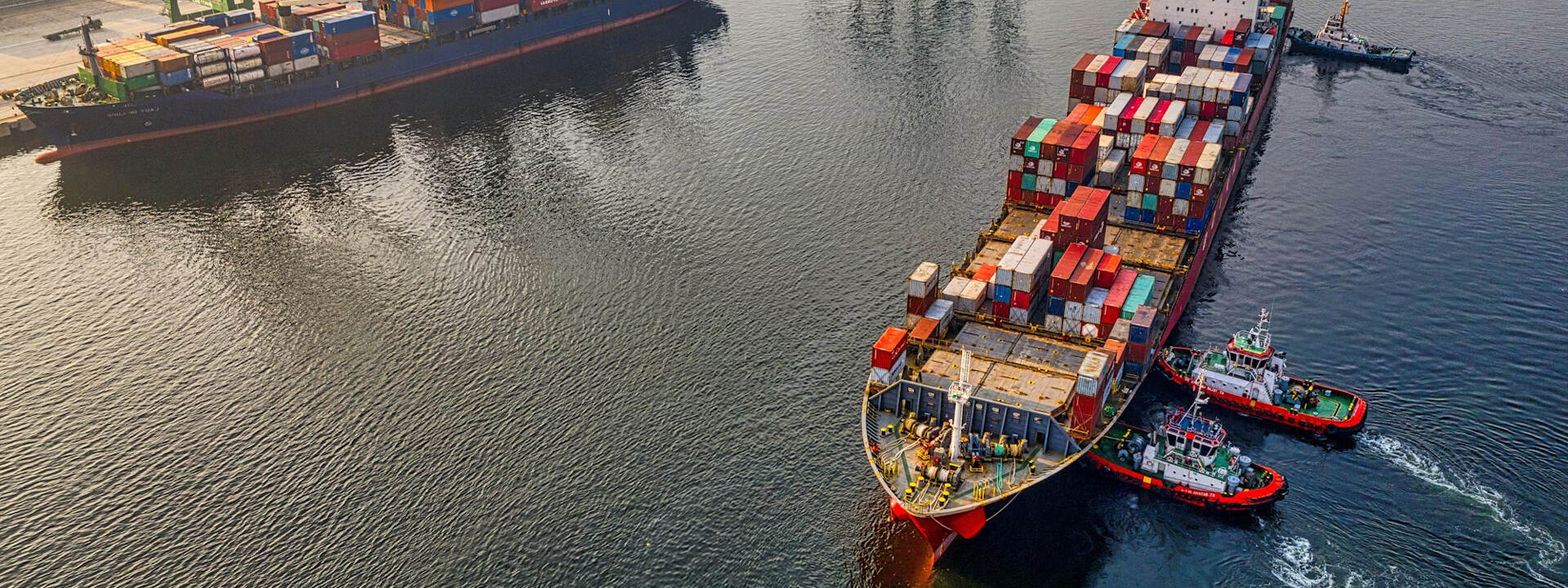Air Freight or Sea Freight: Choosing the Right Solution for Your Business
When it comes to shipping goods internationally, businesses face the critical decision of choosing between air freight or sea freight. Each method has its own set of advantages, depending on the type of cargo, the timeline, and the budget. Making the right choice is crucial for companies aiming to optimize their supply chain while ensuring timely and cost-effective delivery. In this blog, we will break down the key factors to consider when deciding between air freight or sea freight and provide a comprehensive overview of both shipping methods.
Understanding Air Freight and Sea Freight
Before diving into the specific advantages and disadvantages of air freight or sea freight, it's important to understand what each entails. Air freight is the process of transporting goods via airplane, making it a fast and efficient method for moving products across long distances. In contrast, sea freight involves shipping goods by cargo ships, which offers a cost-effective solution for larger volumes of goods.
Speed and Efficiency: The Critical Factor
One of the most significant differences between air freight and sea freight is speed. Air freight offers unmatched speed and efficiency, making it the preferred option for businesses that need to move goods quickly. Air freight services can transport goods across continents in a matter of days, which is particularly valuable for perishable items or products with a short shelf life.
In contrast, sea freight typically takes weeks, depending on the distance between the origin and destination ports. If time is not a critical factor, sea freight becomes a viable option, especially when shipping large quantities. International sea freight companies are well-equipped to handle long transits, and many offer comprehensive tracking systems to keep businesses informed throughout the shipping process.
Cost Considerations: Air Freight or Sea Freight?
Cost is another key factor. Air freight is generally more expensive due to the high operational costs of airplanes and fuel. However, it can be cost-effective for smaller shipments or high-value goods that need to reach their destination quickly. Additionally, air freight typically incurs lower insurance costs due to the shorter transit times and lower risk of damage.
On the other hand, sea freight is often the more economical choice, especially for large, heavy shipments. Cargo ships can carry significantly more volume than planes, which reduces the per-unit cost of shipping. However, businesses must be prepared for the additional time and potential delays associated with sea freight.
Volume and Capacity: Which Method is Best for Bulk Goods?
When it comes to shipping large quantities of goods, sea freight is the clear winner. Cargo ships have the capacity to handle massive volumes of products, making them ideal for businesses that need to move bulk goods. Whether it's raw materials, machinery, or large quantities of consumer products, sea freight can accommodate shipments that would be impossible to transport by air.
Air freight, while faster, is limited in capacity. Airplanes can only carry a certain amount of weight, and shipments are often subject to strict size and weight restrictions. For smaller shipments or high-priority goods, air freight may still be the better option, but businesses shipping large volumes will find sea freight to be more practical.
Environmental Impact: Air Freight or Sea Freight?
In an era where environmental sustainability is increasingly important, businesses must consider the ecological impact of their shipping methods. Air freight has a significantly higher carbon footprint than sea freight, due to the fuel-intensive nature of air travel. For businesses aiming to reduce their carbon emissions, sea freight offers a more environmentally friendly option.
Cargo shipsare far more fuel-efficient than airplanes, especially when transporting large volumes of goods. While sea freight does contribute to pollution, its overall environmental impact is lower when compared to air freight, making it a better choice for companies that prioritize sustainability.
Flexibility and Availability: Adapting to Changing Needs
Both air freight and sea freight offer a degree of flexibility, but the level of availability can vary significantly. Air freight services are widely available and can often be arranged on short notice, making it ideal for businesses facing unexpected demand spikes or needing to expedite urgent shipments. With frequent flight schedules, businesses can often find a service that meets their timing requirements.
Sea freight, while less flexible in terms of scheduling, offers more options for businesses shipping large or irregularly shaped goods. Cargo ships can accommodate a wide range of shipment sizes and configurations, and many international sea freight companies offer tailored solutions to meet specific business needs.
Risk and Reliability: Air Freight or Sea Freight?
When considering risk, air freight tends to offer greater reliability. With shorter transit times and less exposure to the elements, goods are less likely to be damaged during transportation. Furthermore, air freight is typically subject to fewer delays, making it a more reliable option for time-sensitive shipments.
Sea freight, on the other hand, carries a higher risk of delays and potential damage due to the longer transit times and the nature of ocean travel. Weather conditions, port congestion, and customs delays can all impact sea freight schedules. However, many companies have implemented advanced tracking systems and other measures to mitigate these risks and ensure smooth delivery.
Customs and Regulatory Considerations
Navigating customs and regulatory requirements is an important aspect of international shipping, whether you choose air freight or sea freight. Both methods require businesses to comply with local and international regulations, but the process can differ.
Air freight generally involves quicker customs clearance due to the shorter transit times, which means businesses can expect faster processing at their destination. Sea freight, however, often requires more comprehensive documentation and may be subject to more extensive customs inspections, which can lead to delays.
Cargo Type: Air Freight or Sea Freight?
Another important consideration when choosing between air freight or sea freight is the type of cargo being shipped. Certain types of goods are better suited to one method over the other. For instance, perishable goods, electronics, and high-value items are often shipped via air freight due to the need for fast, secure delivery.
On the other hand, heavy machinery, raw materials, and non-perishable consumer goods are typically shipped via sea freight due to the lower costs and the ability to transport large volumes.
Conclusion: Air Freight or Sea Freight—Which is Right for Your Business?
Ultimately, the decision between air freight or sea freight depends on the specific needs of your business. If speed and reliability are your top priorities, air freight is likely the better option, especially for smaller, high-value shipments. However, if cost savings, environmental sustainability, and the ability to transport large volumes are more important, sea freight may be the ideal choice.
By carefully weighing the factors discussed in this article—speed, cost, volume, environmental impact, flexibility, risk, and cargo type—businesses can make an informed decision that best suits their shipping needs. Whether you choose air freight or sea freight, understanding the advantages and limitations of each method will help you optimize your supply chain and ensure the successful delivery of your products.



